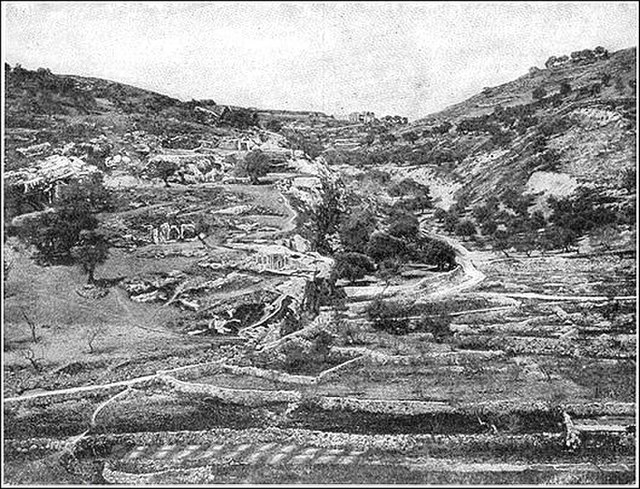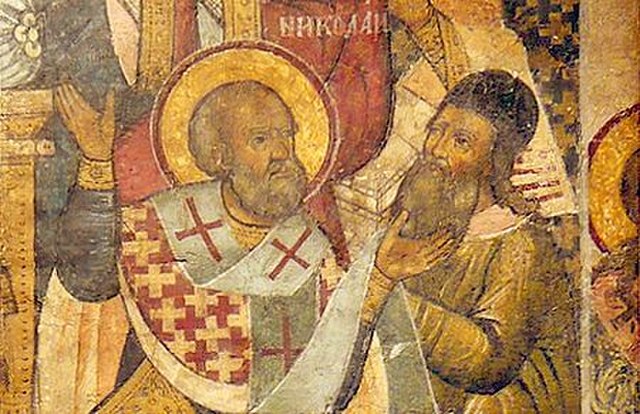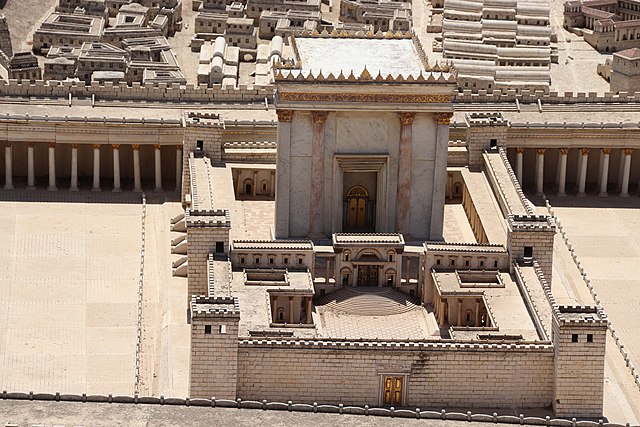Introduction
Gehenna, a term prevalent in the New Testament of the Bible, has often been associated with concepts of hell and final judgment in Christian eschatology. However, the word Gehenna originally denoted a real, physical location near Jerusalem – the Valley of Hinnom. This location’s historical and cultural context allows for a richer understanding of its biblical interpretations.
Gehenna: The Valley of Hinnom
Gehenna is derived from the Hebrew term “Ge Hinnom,” which translates to “Valley of Hinnom” or “Valley of the Son of Hinnom.” This valley, located to the south of the ancient city of Jerusalem, had a dark and tumultuous history that deeply influenced its biblical representation.
The Old Testament associates the Valley of Hinnom with some ancient Israelites’ idolatrous practices, including the worship of Canaanite deities such as Baal and Molech. These practices included the horrific act of child sacrifice by fire (2 Chronicles 28:3, Jeremiah 7:31). As a result, this valley became a symbol of wickedness and divine judgment.
From the Valley of Hinnom to Gehenna
By the time of the New Testament, the Valley of Hinnom, or Gehenna, had transformed into a powerful symbol. It was no longer directly associated with its historical function but had become a metaphor for divine punishment and the destination of the wicked.
In the teachings of Jesus, Gehenna is depicted as a place of final judgment and eternal punishment (Matthew 10:28). It’s often described as a place where “their worm does not die and the fire is not quenched” (Mark 9:48), echoing the words of the prophet Isaiah (Isaiah 66:24). This fiery imagery mirrors the valley’s dark history of child sacrifice by fire, and has led to various speculations, including the theory of it being a waste disposal site. However, it’s worth noting that there is no definitive archaeological evidence to support the latter claim.
Gehenna in Modern Interpretations
In present times, Gehenna is often conflated with the Christian conception of hell. Nevertheless, numerous theological interpretations exist, based on different readings of the biblical texts. Some see it as a place of everlasting torment, others as a place of destruction, while others interpret it metaphorically, representing spiritual separation from God.
Conclusion
Regardless of these varied interpretations, the historical and cultural significance of Gehenna as the Valley of Hinnom remains. Its tumultuous past provided a potent symbol that Jesus employed to teach about judgment and the severe repercussions of straying from God’s righteous path. By understanding the historical Gehenna, we can gain a deeper comprehension of these biblical teachings and their lasting influence on Christian beliefs about judgment and the afterlife.
Discussion Questions
- How does the historical context of Gehenna as the Valley of Hinnom contribute to our understanding of its representation in the New Testament?
- How have modern interpretations of Gehenna evolved from its Biblical usage, and what implications does this have for various Christian doctrines?
- Considering the variety of theological interpretations, how does the metaphor of Gehenna serve to communicate the concept of divine judgment and the consequences of sin?
Want to Know More?
- “Hell: The Logic Of Damnation” by Jerry L. Walls: This book provides an in-depth examination of the concept of hell in Christian thought, including discussions on Gehenna.
- “The Fire That Consumes: A Biblical and Historical Study of the Doctrine of Final Punishment” by Edward William Fudge: This book offers a comprehensive biblical and historical perspective on the doctrine of final punishment, which includes a discussion of Gehenna.
- “Jerusalem: The Biography” by Simon Sebag Montefiore: This book provides a historical account of Jerusalem, which includes a discussion on the Valley of Hinnom or Gehenna.




